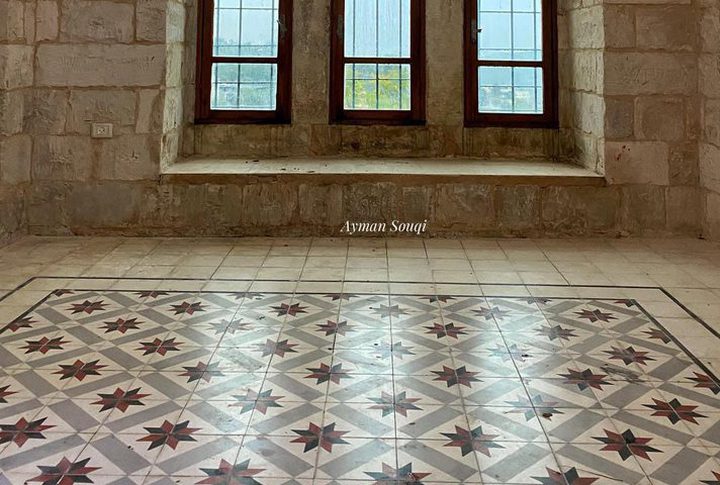An-Najah News - Beauty and nobility in the village of Nisf Jbeil, north of Nablus

Image 1 of 6.
The word half-Byblos comes from the Greek language (Ajbeel), meaning the sun, or house of ceramics, and half-Byblos means half the sun.

Image 2 of 6.
The sun would rise at a later period and set at an early period, and that means the period of the sun would be bright for almost half of the normal time, and based on this it was called half of Jbeil.

Image 3 of 6.
Half of Jbeil is a small village with an area of 28 dunums, located 17 km northwest of Nablus, and it is bounded to the north by the village of Agnesinia, 1 km, to the west, by the village of Sebastia, 2.5 km, from the east, Asira al-Shamaliya, 7 km, and from the north, Beit Ummrin, 500 m. All of these villages share agricultural land with half of Byblos.

Image 4 of 6.
It is also located on the main road that connects the western region (Tulkarm / Nablus) with the Jordan Valley.

Image 5 of 6.
The population of the village is about 1970 people.

Image 6 of 6.
The village is famous for cultivating almond trees, figs, peaches, apricots, grapes ... etc., and the cultivated land of this type of cultivation is about 256 dunams. The village is also famous for growing grains such as wheat, barley and other grains.
An-Najah News - Beauty and nobility in the village of Nisf Jbeil, north of Nablus